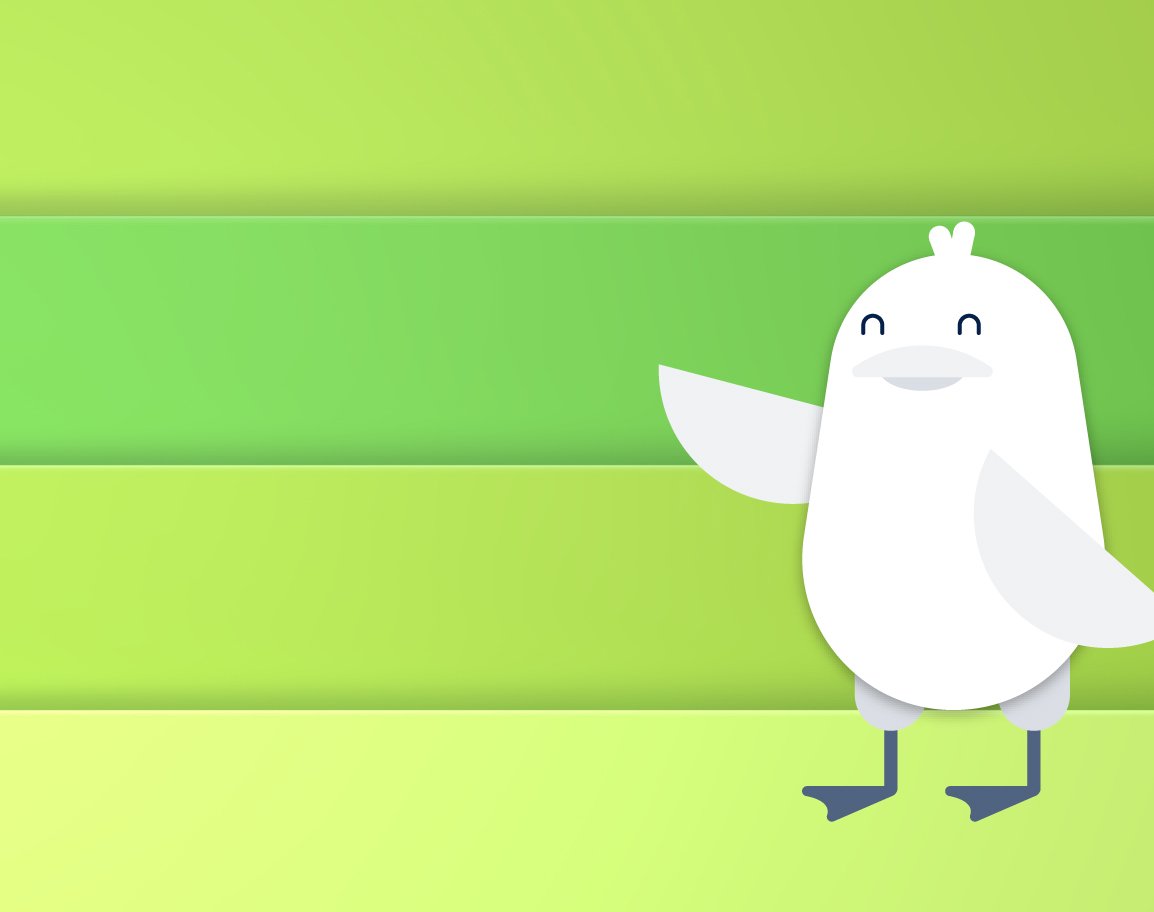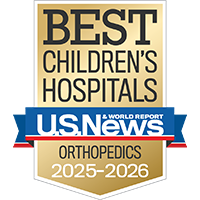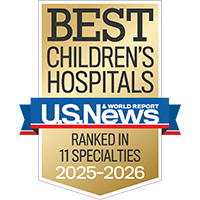Smell the roses
Wander outside into our Butterfly Garden in Oakland and our healing gardens at Mission Bay.


About 1 in 1,000 babies is born with a clubfoot, a condition where the foot is turned inward. It happens when the muscles of the lower leg are not normal and the tendons and ligaments on the back and inside of the foot are short and tight. This pulls the foot down and in, so the toes point toward the opposite leg – sometimes to the point where the sole faces up. One or both feet may be affected. The condition isn't painful at birth, but it can seriously impair the ability to stand and walk as the child grows. With timely treatment, starting within the first weeks of life, the defect can be fully corrected.
In most cases, it's not clear why a baby is born with clubfoot. (When there's no known cause, the condition is termed "idiopathic.") Clubfoot can run in families, so there is a genetic component for some children, but many children with clubfoot have no family member with clubfoot. Boys are at higher risk than girls, as are babies whose mothers smoked during pregnancy. Some children develop clubfoot because of an underlying condition, such as spina bifida, cerebral palsy or arthrogryposis (conditions involving permanently contracted joints).
The severity of clubfoot varies, but the signs are easy to see. They include:
Clubfoot may be detected before birth during a routine ultrasound screening. But many children aren't diagnosed until they're born and have a physical exam. If your pediatrician suspects your baby has clubfoot, you'll be referred to a pediatric orthopedist for treatment.
The goal of treatment is to correct the positioning of the foot so that it is in good position for walking, running, and playing in the future. Ideally, treatment begins in the first month after birth. Treatment consists of a combination of casting and a small surgical procedure to rotate the foot into the proper position, and then bracing to maintain the correction of the foot, a treatment approach known as the Ponseti Method.
If only one foot has clubfoot, you may notice that the affected foot is smaller than the other and that the calf muscles of that leg are smaller and less muscular.
If your child has another condition along with clubfoot, the outlook may depend on treatment for the other condition. But when clubfoot is the only issue, most babies who receive timely treatment grow up to have normally functioning feet. They can walk, run, play sports and wear store-bought shoes.
UCSF Benioff Children's Hospitals medical specialists have reviewed this information. It is for educational purposes only and is not intended to replace the advice of your child's doctor or other health care provider. We encourage you to discuss any questions or concerns you may have with your child's provider.

One of the nation's best for orthopedics

Ranked among the nation's best in 11 specialties
Smell the roses
